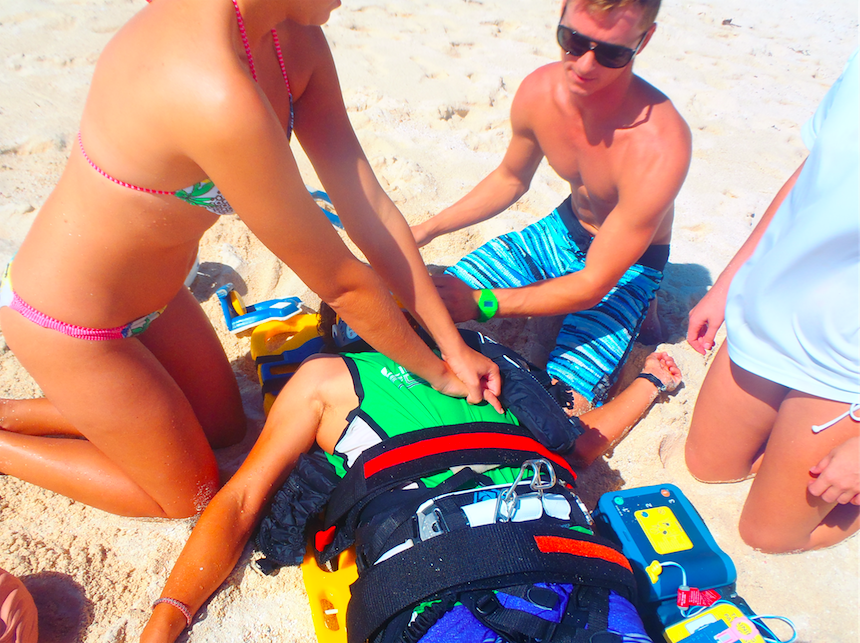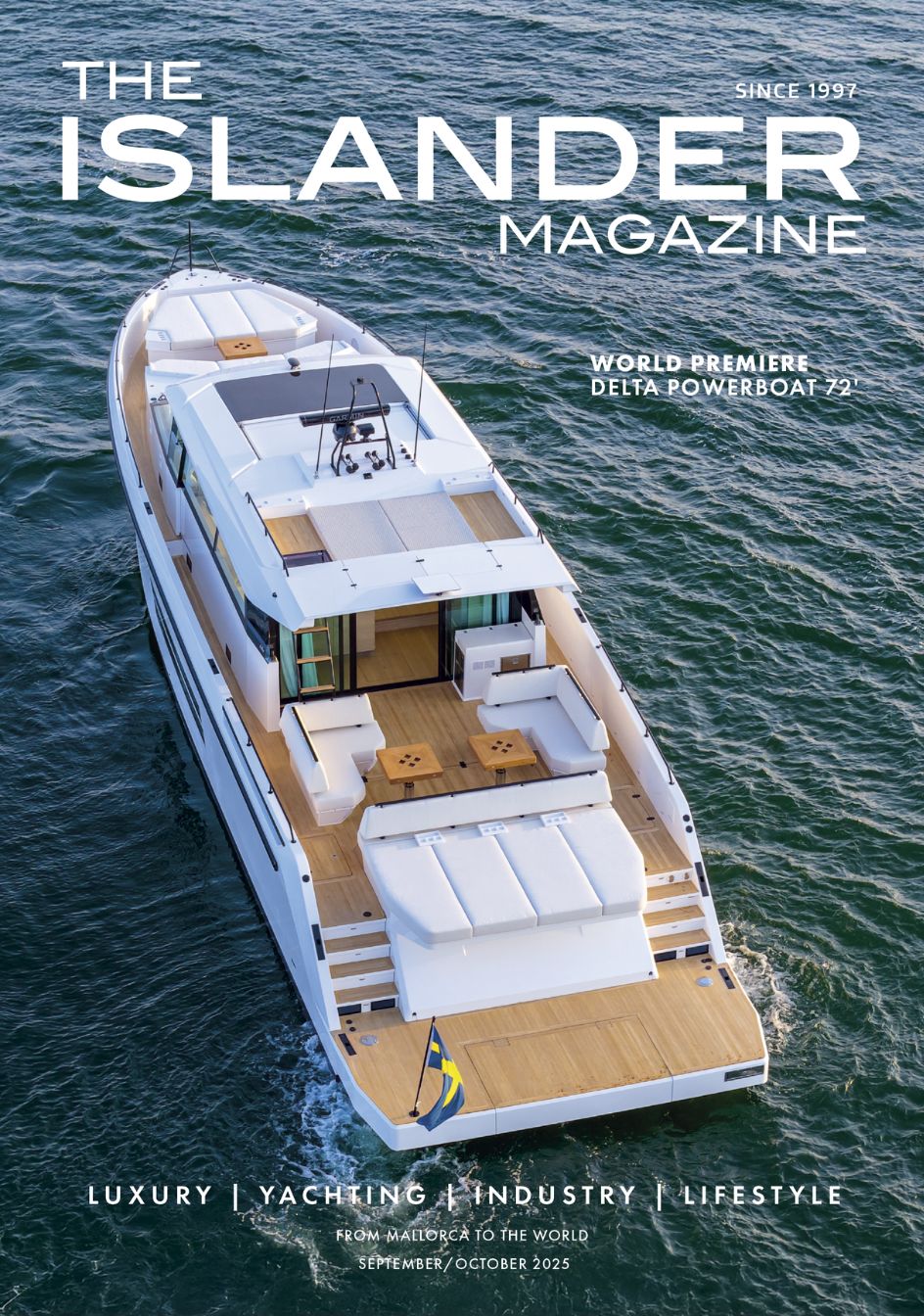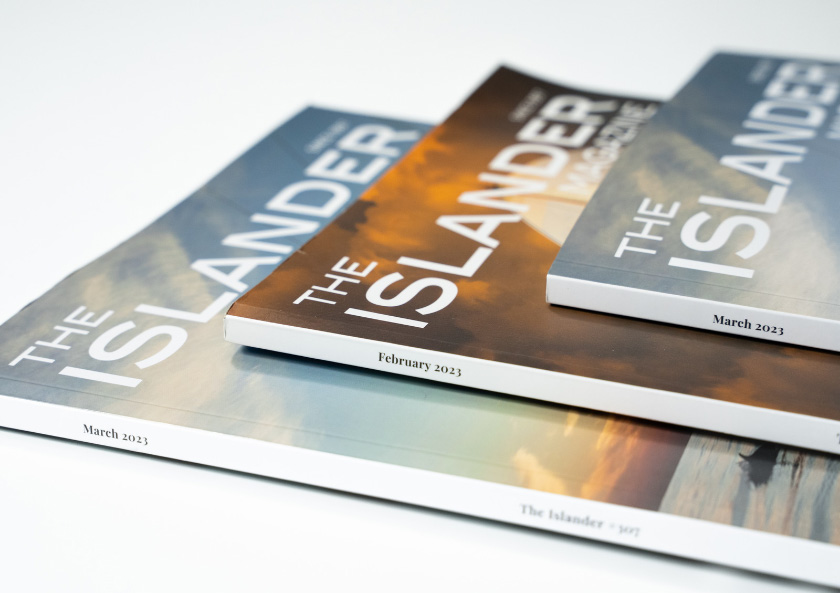
While teaching the medical courses I often hear crew share drowning stories. It is fascinating, because, in every class I teach at least one crew member has drowned or witnessed a near drowning.

Since falling overboard while racing in Cannes, drowning is my greatest fear. I feel we need to do more to prevent drowning in the yachting industry. Let’s face it, we could all improve our life saving skills, even me and I´ve been a paramedic and trauma nurse for 15 years!
I encourage all of you to practice MOB, tender and swim rescues, as often as you can. A few years ago we practiced a MOB. It took us 12 minutes to get the fender, our make believe victim, on board. We nominated rescue positions. A team worked out how to use the Jason´s cradle, which was not that easy the first time. We, luckily, took the time back on the dock to really become familiar with it. The next day a crew member was actually swept off the deck by a freak wave, it took us 8 minutes to retrieve them. We saved precious rescue time because we were prepared, we had done our MOB training.
To combat my own fears and be able to get access to the world experts in drowning I decided to train with Surf Life Saving Australia. I felt I must learn as much as I could about drowning. Did you know more people die from drowning in the UK, Australia & America than from bicycle fatalities?
The most common activity prior to drowning, worldwide, is boating. In 80% of cases the person is not wearing a life jacket, or if they were it was not fitted correctly. I have spoken to a number of yachtsmen, who were sailing a yacht that capsized, who owe their life to the crotch strap on their life jacket. It is easy to forget this piece of strapping, often in the way, especially in calm conditions. This strap is your life line. The most common activity prior to drowning include drinking alcohol, using drugs and swimming.
Below I have outlined a few case studies. A brief examination of such scenarios provides solid foundations for the development of protocols and safety measures. These protocols WILL prevent guests, and crew, from drowning. These are examples I have taken from reading some of the coroner’s inquests into drowning fatalities (involving yacht crew and guests).
- A 26 year old guest drowned in a tender accident, he was the driver. His blood alcohol content was 6 times the legal limit for driving a car. To prevent further deaths like this we need to educate our crew and guests with safety messages such as Don’t drink and Drown (I know, it is easier said than done) to raise awareness of the dangers of alcohol related drowning.
- A 9 year old boy drowned whilst playing in the shallows on a beach with his family. Their private yacht was anchored off the remote beach, where the accident happened. The child was reportedly not a good swimmer. Unfortunately, we cannot assume children can swim. We cannot take for granted that children who have swimming lessons in pools have had water safety education. We must, therefore, provide flotation devices and lifeguard surveillance for all guests in our care. Children under 10 cannot be unsupervised by the water, ever. We must educate all of our guests in water education, even in the shallows.
- A 42 year old woman, who was a Dive Master, drowned whilst SCUBA diving off a wreck site, while on a yacht charter. Preventative measures could include assessment of qualified SCUBA divers in key techniques including, but not limited to, buoyancy control. I recommend that we insist that guests diving with us, or with an external dive operator, carry an SMB (surface marker buoy) and are instructed to use it appropriately.
Quite possibly, these deaths could have been prevented if safety protocols were already in place. Educating both crew and guests of the imminent dangers of the water and the steps to take if there is an incident, are vital safety measures.
We must be vigilant, we must be aware. We must perform risk assessments whenever we have people in our care near the water. We MUST prevent drowning in our industry. I´m stoked that the Superyact lifeguard course has been initiated. I believe this knowledge is as important as first aid. When I was doing my lifeguard course all I could think about is how important water safety is. Not just to yacht crew but to parents and friends and any one who plays by or on the water.
Now, I may be biased but in my professional opinion, as a medic and yachting professional, you would be crazy not to do an intensive 3 day Medical First Aid course and the 2 day Superyacht lifeguard course to set you up, not only for the season but for life.
Let’s work together to make this happen during the summer of 2016. Keep educated, spread the word and when it comes to drowning, remember, prevention is easier than cure.
Keep safe, stay educated.
Best Wishes from
Amanda, your yacht medic!
Amanda@msos.org.uk

















0 Comments